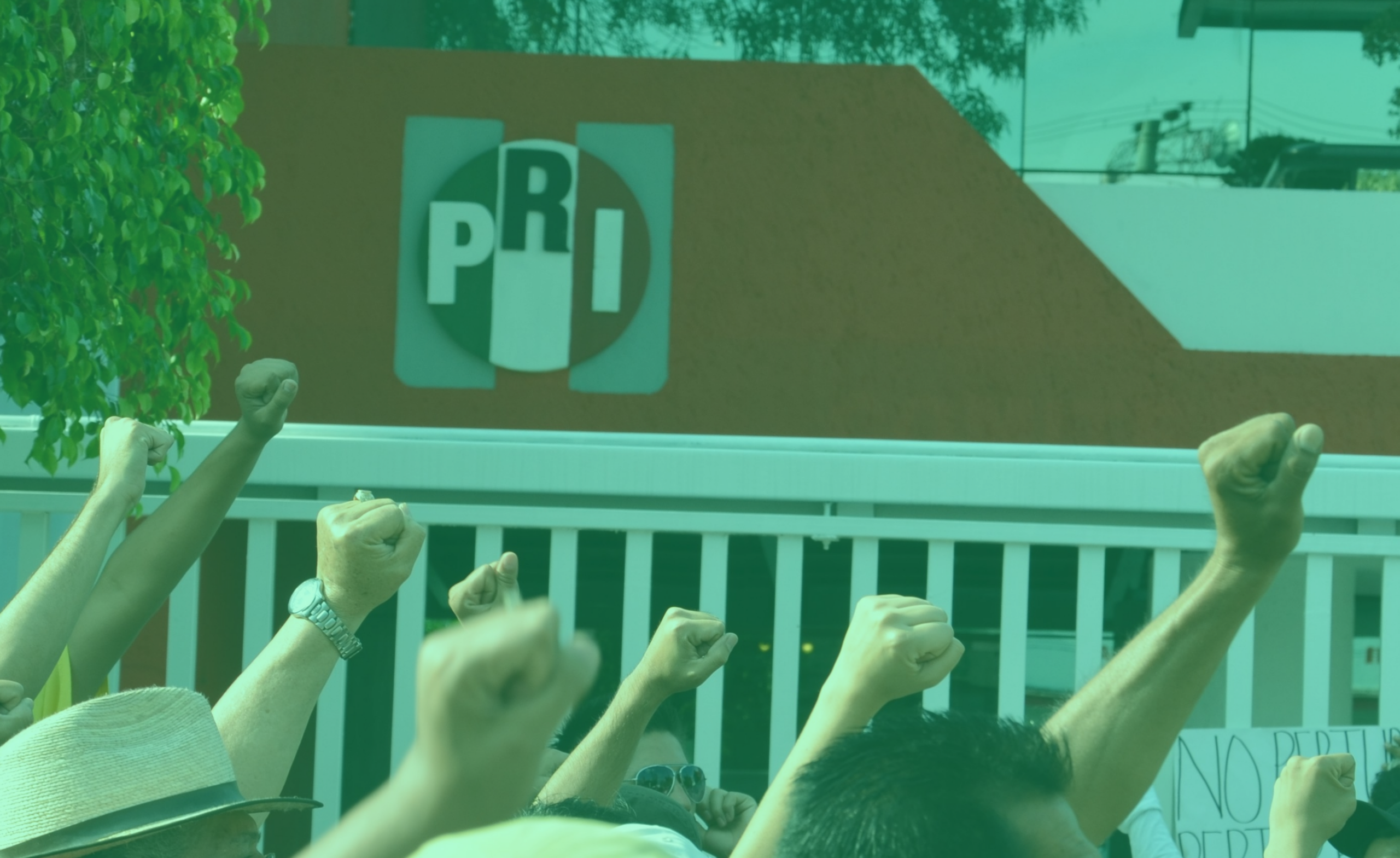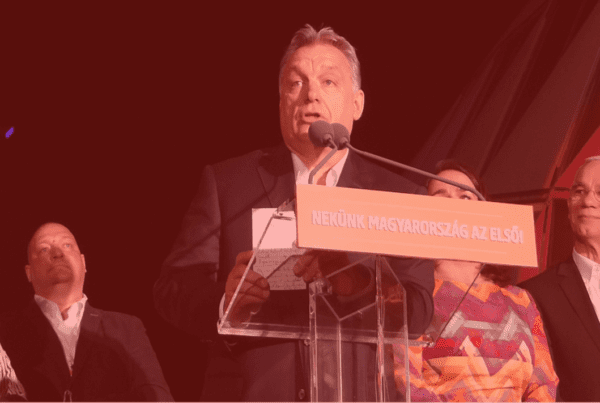Photo: “Protesting against PRI“, by Gabriel Saldana, licensed under CC BY-SA 2.0. Hue modified from the original
Chakravarty, Prasanta. Populism and Its Limits: After Articulation. Bloomsbury Publishing, 2020.
Description
Populism and Its Limits is a response to the evaluative and celebratory approaches to populism in social sciences and humanities. It seeks to study the phenomenon of populism, thoroughly consider its limits and, if possible, proposes ways out to other kinds of commitment in life, living and politics. It aims to formulate responses that take on the spurious and non-dialectical dissociation between thought and action, intellect and emotion, the people and the elite.
Table of contents
- Introduction: After Articulation
Prasanta Chakravarty - First Principles
- The Rift
Milind Wakankar - The Passage of Hate
Sanil V. - The Ismos of the Many
Shaj Mohan
- The Rift
- Conjectures
- The Subject of Desire and Enjoyment
Gautam Basu Thakur and Meghant Sudan - Agonism and the ‘Revolutionary-Becomings’: Mouffe, Deluze and ‘The Populist Movement’
Raghu Menon Jayakumar - On the Deconstructive Logic of Populism
Samir Gandesha - Populism Lite
Prasanta Chakravarty
- The Subject of Desire and Enjoyment
- Expositions
- The Borrowed Geographies of Neoliberal Neighbourhoods: Populist Governance in India
Rajarshi Dasgupta - Individuation and the Authoritarian Public: Rajelakshmy’s A Path and Many Shadows
Urmila G. and Nikhil Govind - The Popular, Populist and the Political in Priyadarshan’s Films
Yadukrishan P. T.
- The Borrowed Geographies of Neoliberal Neighbourhoods: Populist Governance in India
- Branchings
- The Non-Populist Popular and the Cinematic Apocrypha
Parichay Patra - The Future of Non-Populism
Debraj Dasgupta
- The Non-Populist Popular and the Cinematic Apocrypha







